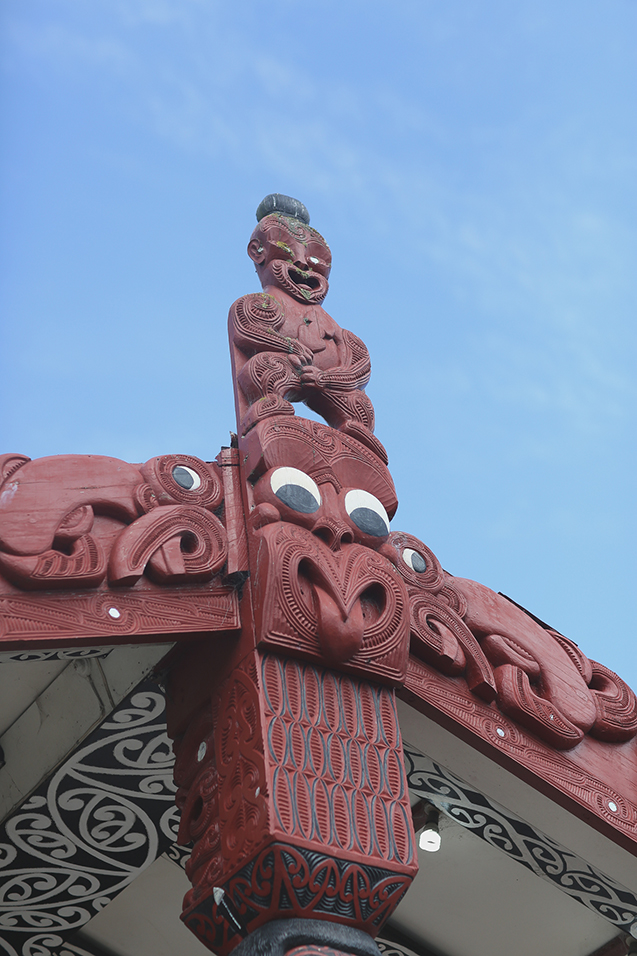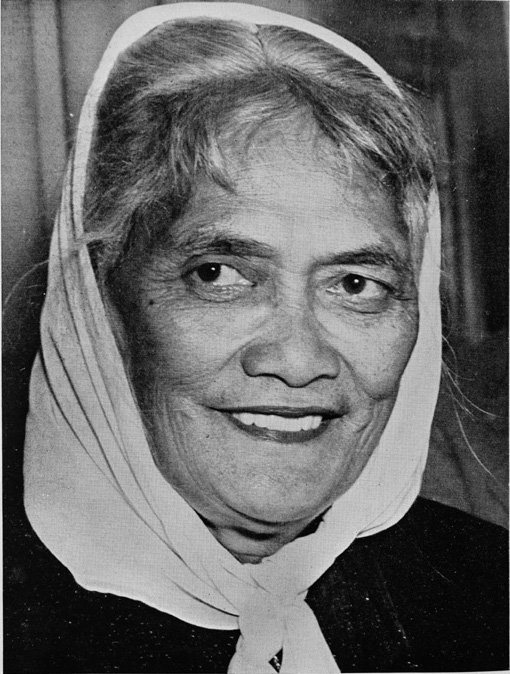Region
Taamaki - Te Kei o te Waka o Tainui
Marae
Te Puea Memorial
Hapuu
Ngaati Mahuta
Iwi
Waikato
Wharenui
Te Puea
Wharekai
Ngaa Tamawahine
Ngaa Whare
Piki te ora
Taamaki - Te Kei o te Waka o Tainui
Te Puea Memorial
Ngaati Mahuta
Waikato
Te Puea
Ngaa Tamawahine
Piki te ora
TPMM is situated in the northern part of the Waikato-Tainui tribal area. The well-known whakatauki describes in broad terms the principal areas settled by iwi of Tainui waka descent. This area is conceptualized as a waka, with its prow to the South, it’s bulwarks to the East and West, and stern to the North at Taamaki.
Hence Taamaki is often described in oratory as ‘Te kei o te waka o Tainui’ (the sternpost of Tainui). Tainui association with Taamaki dates back to the arrival of the waka. The oldest peoples of the area trace their descent from Tainui crew who settled here prior to the waka reaching its final resting place at Kaawhia.
Notable among these tuupuna are Rakataura (navigator and principal tohunga of the waka), Taikehu, Te Keteanataua and Hiaroa (these three tuupuna were also tohunga, and Hiaroa was a sister of Rakataura), and Poutuukeka (a son of Hoturoa, the captain of the Tainui waka). Taamaki has always been revered by tangata whenua for its favorable climate, rich volcanic soils, easy access to east and west coasts, and harbours plentiful with kaimoana. This is reflected in the following well-known whakatauki, ‘Te pai me te whairawa a Taamaki’ (The abundance and prosperity of Taamaki).
Hence, the famous epithet encapsulating what Taamaki means to Mookau ki runga Taamaki ki raro Mangatoatoa ki waenganui Pare Hauraki, Pare Waikato Te Kaokaoroa o Paatetere Mookau above Taamaki below Mangatoatoa to the centre Bounded by Hauraki, Waikato, And the long flank of Paatetere Te Kei o te Waka o Tainui tangata whenua ‘Taamaki makau rau’ (Taamaki desired by many), has become synonymous with the region itself and more poignant in the current housing crisis.
During the ‘musket wars’ of the early 19th century, many Taamaki tribes were severely affected by Ngaapuhi incursions, and for a time withdrew south. They were later restored to their kaainga under the protection of Waikato chief, Pootatau Te Wherowhero, who later became the first Maaori King. Peace between the northern Tainui peoples of Waikato and Taamaki and the Ngaapuhi of Northland was settled in the traditional manner, via peace marriages.
One of these marriages was between Kati Takiwaru, younger brother of Te Wherowhero, and Matire Toha, the daughter of Rewa (Te Patukeha/Ngai Tawake) and a niece of the Ngaapuhi rangatira, Hongi Hika (Waitangi Tribunal, 1985, p. 13). To this day, the descendants of this marriage are one of the prominent whaanau of TPMM, and the tatau pounamu between Waikato and Ngaapuhi is one of the principal and unique characteristics of the kaupapa of the Marae.

Nanny Tuura mana and whakapapa galvanised the connection of Waikato-Tainui to Ngaapuhi and this continues today. Nanny Tuura moved from Tuakau to Mangere to live. She was instrumental in the establishment of Te Puea Marae and the kaumaatua flats for the aged and bereaved. The marae was built for all Maaori at a time where many Maaori whaanau had moved to the city and town for work and better opportunities.
Te Puea Herangi was born at Whatiwhatihoe, near Pirongia, on 9 November 1883. Her mother’s name was Tiahuia. Her father was Te Tahuna Herangi, son of William Searancke, an English surveyor, and Hariata Rangitaupa of Ngaati Ngawaero hapuu of Ngaati Maniapoto. Te Puea and her family moved when she was young to Pukekawa and then to Mangataawhiri, near Mercer, and between 1895 and 1898 she attended primary schools in Mercer and Auckland. She was known to her family as Te Kirihaehae. Her young adult years were exuberant, and she had several short-lived relationships.
